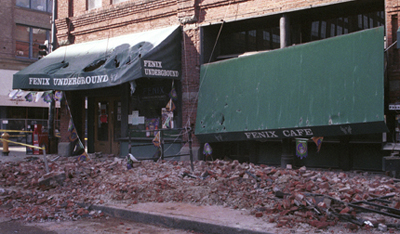Published on February 26, 2021

Washingtonians will soon have a new tool to be more prepared for the “really big one” — a major earthquake event.
A new “ShakeAlert” earthquake early warning system will begin rolling out in both Oregon and Washington this spring with the ability to sent an alert to wireless devices, giving residents crucial seconds to prepare for shaking.
The system, created by the U.S. Geological Survey (USGS) and Advanced National Seismic System (ADNN), is a network of sensors that can detect seismic shaking and provide information such as the magnitude, location and expected duration to partners who will then distribute it via cell phone, radio, internet and television alert to residents.
While residents drop, hold and cover during the shaking, the alerts can also initiate other protective actions such as stopping trains to prevent derailments, halting surgeries at hospitals and shutting off water valves to protect infrastructures.
“The rollout of public alerting for ShakeAlert in the Pacific Northwest is a major milestone in the evolution of this critical system and has the potential to provide users with life-saving warnings seconds before they experience damaging shaking in future earthquakes,” said USGS Senior Science Advisor Gavin Hayes in a news release.
Once fully activated in Washington in late May, the entire West Coast will be on an early warning system — California previously activated the alerts in Oct. 2019.
“I am really excited that we are getting close to going live with public alerting in the coming months. These warnings can save lives and property when a damaging earthquake strikes. It’s very appropriate that this test of the new system comes almost exactly 20 years after the Nisqually quake,” said Harold Tobin, University of Washington seismologist and director of the Pacific Northwest Seismic Network.
Continue reading at Seattle P-I.
Originally written by Callie Craighead for Seattle P-I.